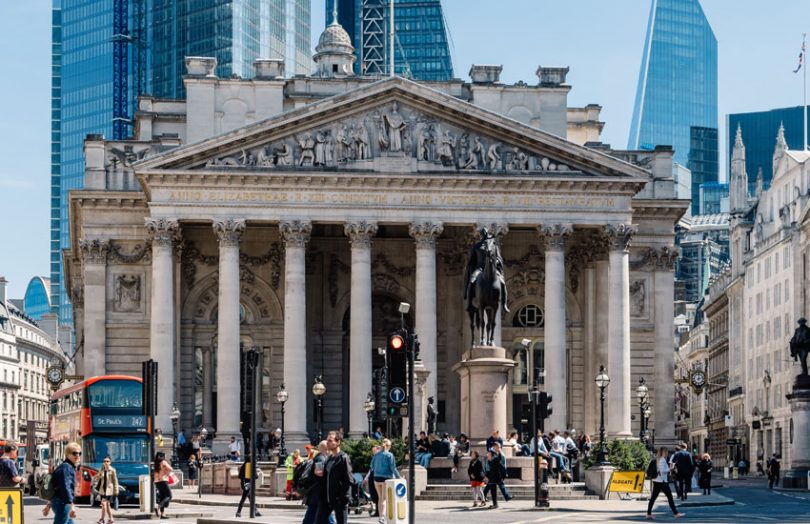Will the Bank of England hike rates earlier than expected?
The Bank of England could be the first to hike rates, but it will be much closer to the Fed than the market thinks, even if it is not in front.

The Bank of England could be the first to hike rates
Financial markets are priced for many central banks to start lifting policy rates in the coming years. Not surprisingly, perhaps, given the Fed’s taper talk, it is US rate expectations that lead the way among the major central banks with no rise in sight when it comes to the ECB and BoJ. The UK also lags some way behind the US as well but there may be reasons to believe that this is wrong and, if it is, it could lift the pound against the dollar.
One justification for this belief is Brexit. Mr. Steve Barrow, Head of Standard Bank G10 Strategy said, the danger of much higher inflation resulting from the end of the transition period last year has rather been covered up by the pandemic. In effect, both coronavirus and Brexit have been pushing in the same direction when it comes to things like supply-chain disturbances and labor shortages. Hence it is easy for politicians that pushed for Brexit to blame the pandemic for the rise in price pressures, not Brexit. It has let the government off the hook and we wait to see if it allows the Bank of England to keep policy rates as low as the market seems to be thinking.
The reason that rate expectations may be modest could be down to the fact that most expect the inflationary consequences of the pandemic to prove temporary. That may or may not be the case. But, even if it is, there could be a danger that the price-boosting consequences of Brexit will have greater longevity and so turn a temporary inflation bulge into something more permanent. The next few months will be important in this regard as many of the tensions in the UK economy that have compromised the supply of goods and services, and so led prices higher, have been put down to the so called ‘pingdemic’. This being a surge in the number of workers ‘pinged’ on their phones to isolate because they had come into contact with a person infected with the coronavirus.
However, government rules have changed so that fully vaccinated people do not have to self-isolate as long as a test shows that they are not infected. This should mean that labor supply improves and many of the complaints that businesses have had recently about shortages of labor and supplies could ease off. But survey data continues to suggest that price pressures are sky-high. Yesterday’s CBI survey of the distributive trades showed that firms anticipate higher selling prices in the next three months. In fact, the greatest upward pressure on selling prices since the early 1990s.
Mr. Steve Barrow said, the ‘pingdemic’, and coronavirus more widely, are certainly not the only forces lifting prices and may even be the smaller one behind Brexit. Moreover, Brexit pressures could last longer as trade rules get tightened up in the future to bring the UK to ‘full’ Brexit, rather than the half measures that we have seen so far. In fact, the government is even having to push back many of these planned changes for fear that they could incapacitate the industry. But they can’t be pushed back forever and that suggests to us that price disturbances from Brexit will outlast those arising from coronavirus. This, in turn, could mean that the UK faces a far more insidious threat from inflation than other countries, such as the US that don’t have the Brexit factor to contend with.
If this is a valid reason to think that inflation could prove more problematic in the UK than in the US it is not being reflected in rate expectations. Prospects for UK base rates to rise lie well behind those of the US if we look at money market rates such as the Overnight Interest Swaps (OIS) curve. “We are not necessarily saying that it is a sure-fire thing that the Bank of England will be the first to hike rates, but we do believe that the bank will be much closer to the Fed than the market thinks, even if it is not in front. A corollary of this is that, if there’s more scope for upside rate surprises in the UK than the US, then it should aid the pound and so support our longer-term call for sterling/dollar to climb to the 1.50-1.60 region”, Mr. Steve Barrow forecasted.








